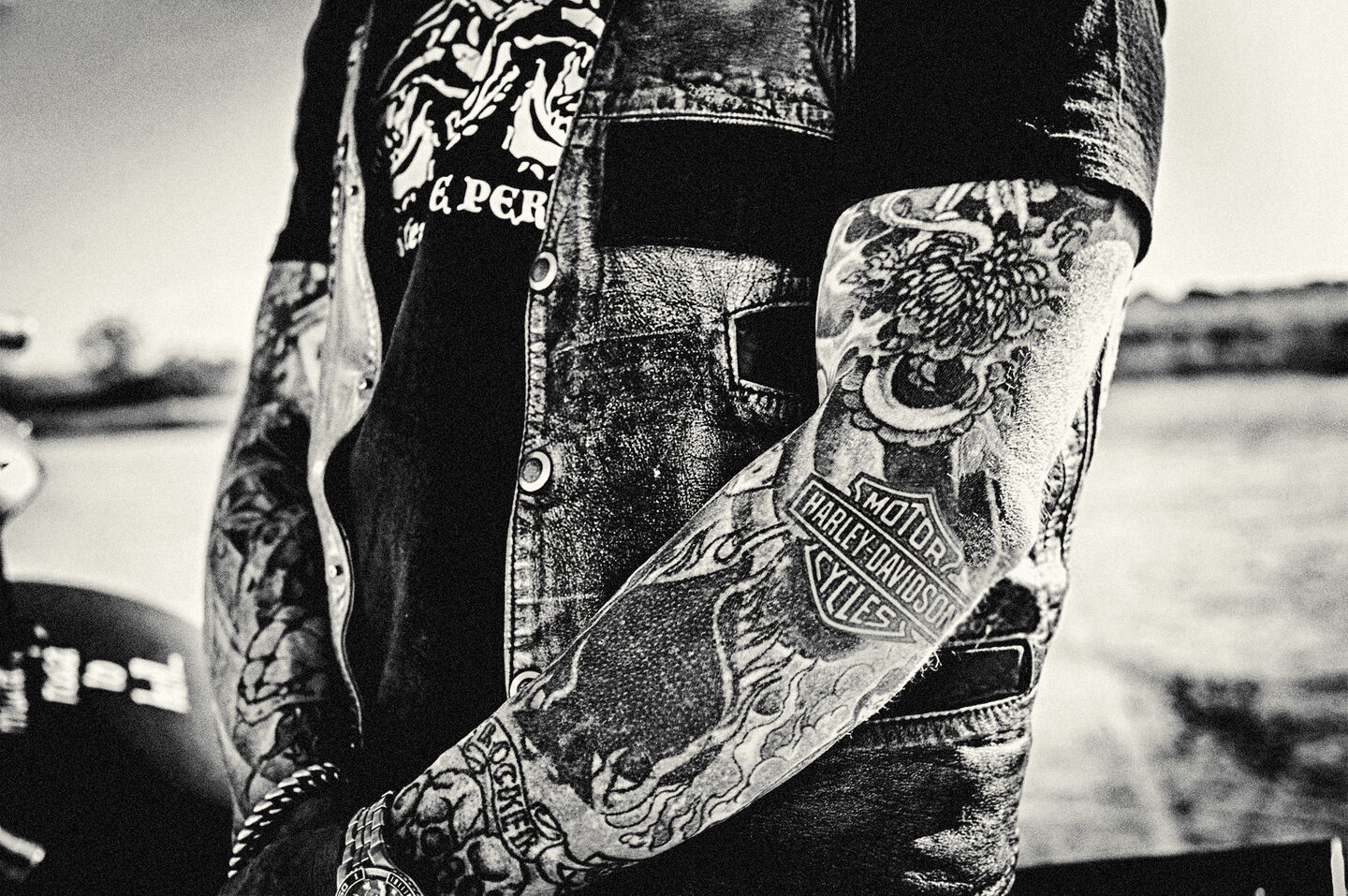Ideas
What healthcare can learn from Harley-Davidson

Ideas

There aren’t many brands in the Fortune 500 that can inspire a person to proudly tattoo a logo on their skin to live in perpetuity. Yet Harley-Davidson has done it countless times over as their most loyal Harley Owners Group (HOG) members willingly brand themselves into living, breathing billboards for life.
Few other brands can even touch the iconic imagery that comes from simply hearing the Harley name. Harley-Davidson owns the rows of glittering red bikes lined up in front of the local watering hole among a sea of desert. It owns the intangible essence of blue-collar cool. It owns the boundless freedom of the open road. And what’s more, it has accomplished a seemingly impossible irony: amassing a cult-like following of bearded souls in matching jackets, riding in unison yet touting independence and rebellion.
But there’s an unlikely intersection of healthcare and motorcycles, and that’s where you’ll find an essential lesson on building brand loyalty.

Loyalty lives in the post-purchase
The Harley experience doesn’t end exiting the dealership with keys in hand. It continues, perhaps even spirals, through the endless buyer cycle of red-stitched merchandise and roaring rallies. Successful brands know what Harley has mastered—that relationships extend well past a purchase moment. With Harley, there is no other choice because HOG members don’t care for another choice. They simply want more Harley, meaning more share of wallet and more experiences.
But more in healthcare isn’t the loyalty objective; instead, it’s being there for what’s next. For your name to rise to the top when patients choose care, provide exceptional experiences and positive outcomes every single time.
To achieve brand loyalty, consider Harvard Business Review’s Wallet Allocation Rule, which works by assigning a brand with a relative rank to another to better predict the consumer’s share of wallet.
If we rolled up a Harley-Davidson, a Triumph and a Ducati and asked consumers to rank them—which would rank first with our aforementioned riders? While metrics like patient satisfaction matter, so does rank. Because rank drives loyalty, and loyalty drives wallet share.
While counterintuitive, we know what makes for happy customers can also have scarce impact on the top line. So, what can we learn about why the HOGs choose Harley? Why not a Triumph or Ducati? And how could we use these insights to move up the rank ladder?
We anticipate healthcare to continue shifting from caring for a single issue to creating an ongoing relationship. This model creates natural memberships rather than a fix-it-and-move-on mentality. And most importantly, an ongoing relationship fosters trust and loyalty.

The engine behind consumer relationships: data analytics
As data analytics have become the engine that powers consumer relationships, brands can understand their customer on a deeper level. We can empower our consumer, build trust, and engrain brand cues—all through data sets and asking the key questions.
How can the delivery of goods or services be more gratifying, more memorable? What resources can we offer that enrich our consumer’s lives beyond the bottom line? What purchasing habits can we reward with surprise and delight?
Data analytics help us build healthy relationships with our customers, perhaps critically in healthcare. Healthcare can harness massive volumes of information in a number of ways:
1. Keeping records that track sequence of health events and patient recovery
2. Using predictive modeling to trigger upstream intervention and drive health outcomes
3. Enabling the management of chronic or complex conditions
4. Rewarding patients for healthy habits through wearables and incentives programs
This is just the tip of the iceberg. With a powerhouse of data at our fingertips, how might we further influence our member and patient experiences to not only respond to their health needs, but anticipate them, understand them, and gain their trust in return? If we use this powerhouse to pinpoint our “best” customers, we can create loyalty programs and memberships that value them. And ultimately, we can find the silver lining, or advantage, of knowing them.
Give your people a story to tell
The roar of the bike. The sightings of long leather-clad trains of riders. The story is told again and again to friends, family and fellow riders. Harley-Davidson’s most powerful storytelling is accomplished by the legend of the road—word of mouth.
Much like the HOGs, we can help build brand networks by speaking to our consumers with the story we want them to tell each other. And when we feel the fringes of a community forming, it’s vital we help it thrive by feeding the legend and keeping that brand story alive.
The kind of loyalty Harley-Davidson inspires is legendary. A Harley rider wouldn’t even dream of riding anything else. Their shared commitment to one another has powered over a century-long ride together—and counting.
Your healthcare consumer isn’t so different from the motorcycle rider who craves empowerment and community. They may never brand themselves with your logo, but they would find some good in trying on a leather jacket. There’s an elusive cool to be gained, and it’s more comfortable than it looks.
Shannon Langrand